Chapter 1: Embracing Project-Based Learning: Transforming the Math Classroom

1.1 The Essence of Project-Based Learning
Project-Based Learning (PBL) is an educational approach that engages students in meaningful, hands-on projects that address real-world problems or challenges. In a PBL classroom, students are not passive recipients of knowledge but active participants in the learning process, actively investigating, collaborating, and creating.
1.2 The Power of PBL in Math Education
PBL has proven to be a transformative force in math education. It fosters:
4 out of 5
| Language | : | English |
| File size | : | 1997 KB |
| Text-to-Speech | : | Enabled |
| Enhanced typesetting | : | Enabled |
| Word Wise | : | Enabled |
| Screen Reader | : | Supported |
| Print length | : | 166 pages |
| X-Ray for textbooks | : | Enabled |
- Enhanced Student Engagement: PBL projects spark curiosity, motivate students, and make learning relevant.
- Deep Understanding: Hands-on experiences and problem-solving challenges promote deeper conceptual understanding.
- Critical Thinking and Problem-Solving Skills: Students develop the ability to analyze problems, gather data, and find creative solutions.
- Collaboration and Communication Skills: Working on projects in teams enhances communication, collaboration, and interpersonal skills.
- 21st-Century Skills: PBL cultivates essential skills such as creativity, innovation, adaptability, and technological literacy.
Chapter 2: Designing Effective PBL Projects
2.1 Choosing Meaningful Projects
The success of PBL hinges on choosing projects that are relevant, engaging, and aligned with curriculum objectives. Consider:
- Real-World Context: Projects should connect to real-world problems or challenges that students can relate to.

- Curriculum Alignment: Projects should align with the mathematical concepts and skills being taught.

2.2 Structuring Projects Effectively
Effective PBL projects have a clear structure:
- Launch: Engage students, introduce the problem, and set clear expectations.
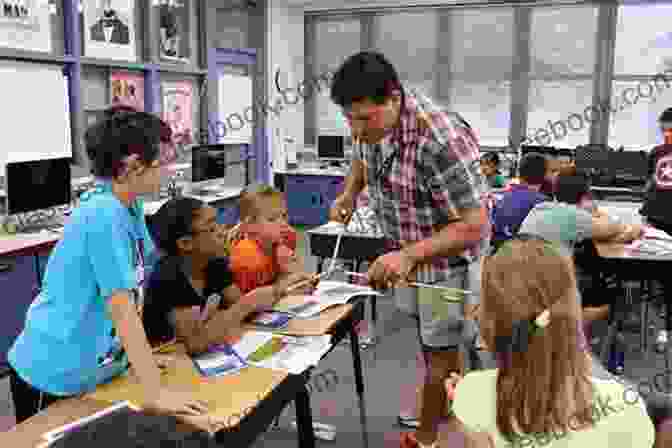
- Exploration: Provide students with resources and opportunities to investigate and gather data.

- Development: Guide students as they analyze data, develop solutions, and create presentations.

- Reflection: Allow students to reflect on their learning, evaluate their projects, and set goals for improvement.

Chapter 3: Implementing PBL: Best Practices and Considerations
3.1 Fostering Student Engagement
To maximize student engagement in PBL projects:
- Provide Choice: Allow students to have a voice in choosing projects that align with their interests.
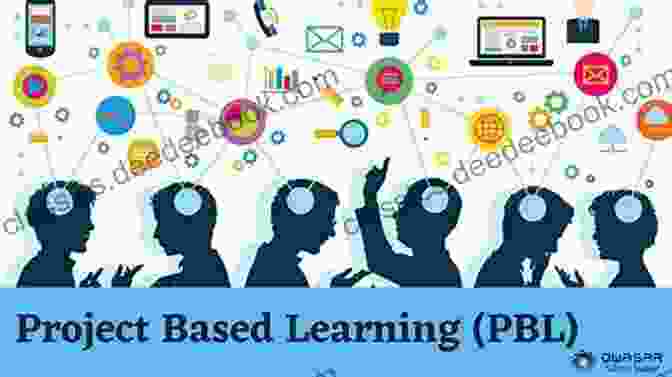
- Create a Supportive Environment: Encourage collaboration, provide feedback, and celebrate student success.
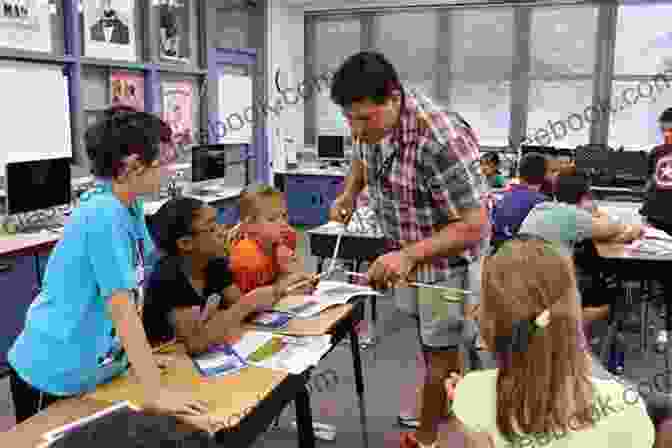
3.2 Managing Project Logistics
Effective PBL implementation requires careful management:
- Time Allocation: Provide sufficient time for project completion and reflection.

- Resource Provision: Ensure access to necessary materials, technology, and expert guidance.

3.3 Assessing Student Learning
Assessment in PBL should be authentic and holistic:
- Ongoing Assessments: Monitor student progress through observations, discussions, and informal feedback.

- Project Rubrics: Create clear rubrics that define expectations for project completion and evaluation.
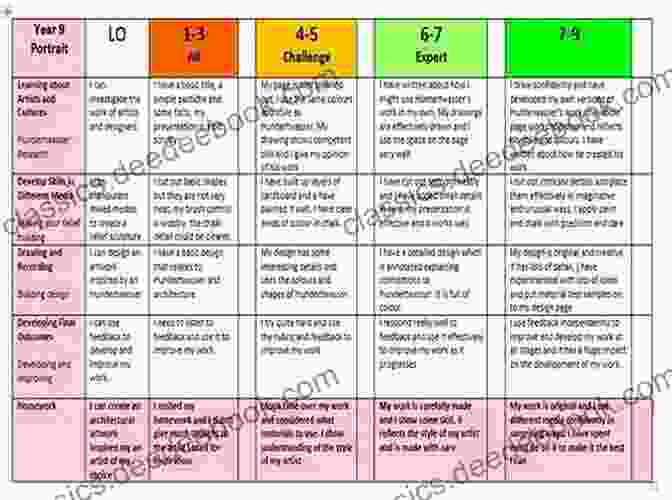
Chapter 4: Overcoming Challenges and Building Capacity
4.1 Common Challenges
Implementing PBL may present challenges such as:
- Time Constraints: Incorporating PBL into the curriculum requires careful planning and time management.
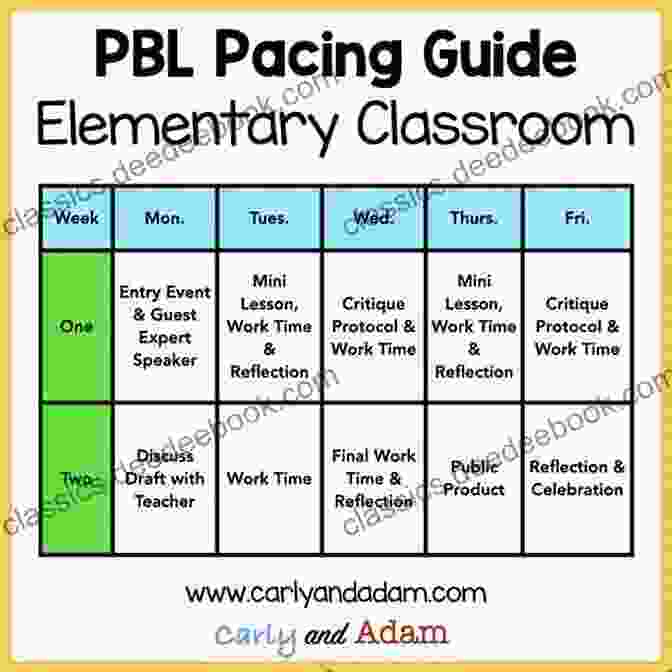
- Teacher Training and Support: Teachers need ongoing professional development and support to effectively implement PBL.

4.2 Capacity Building for Teachers and Schools
To overcome challenges and sustain PBL implementation:
- Professional Development: Provide teachers with opportunities for training, workshops, and mentorship.
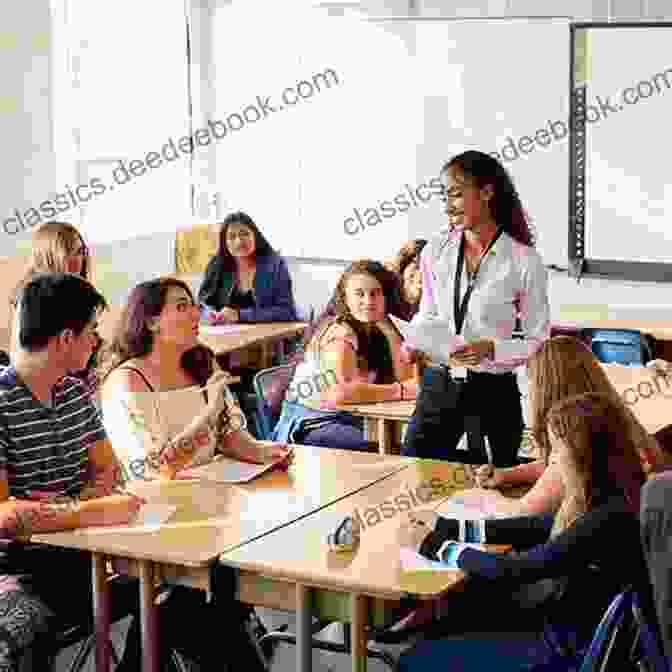
- School-wide Support: Create a school culture that values PBL, provides resources, and encourages collaboration among teachers.

: Unleashing Student Potential through Project-Based Learning
Project-Based Learning is a powerful approach that transforms math classrooms into vibrant learning environments, fostering student engagement, deep understanding, and the development of essential 21st-century skills. By embracing best practices, overcoming challenges, and building capacity, educators can effectively implement PBL, unlocking the potential of all students in the math classroom.
4 out of 5
| Language | : | English |
| File size | : | 1997 KB |
| Text-to-Speech | : | Enabled |
| Enhanced typesetting | : | Enabled |
| Word Wise | : | Enabled |
| Screen Reader | : | Supported |
| Print length | : | 166 pages |
| X-Ray for textbooks | : | Enabled |
Do you want to contribute by writing guest posts on this blog?
Please contact us and send us a resume of previous articles that you have written.
 Book
Book Page
Page Chapter
Chapter Text
Text Reader
Reader Library
Library E-book
E-book Magazine
Magazine Newspaper
Newspaper Bookmark
Bookmark Glossary
Glossary Foreword
Foreword Annotation
Annotation Scroll
Scroll Codex
Codex Tome
Tome Bestseller
Bestseller Narrative
Narrative Biography
Biography Memoir
Memoir Resolution
Resolution Librarian
Librarian Card Catalog
Card Catalog Borrowing
Borrowing Stacks
Stacks Periodicals
Periodicals Study
Study Research
Research Academic
Academic Journals
Journals Reading Room
Reading Room Rare Books
Rare Books Special Collections
Special Collections Literacy
Literacy Study Group
Study Group Storytelling
Storytelling Awards
Awards Reading List
Reading List Book Club
Book Club Theory
Theory Joel Rudinow
Joel Rudinow Jordan Quinn
Jordan Quinn Susan Moore Jordan
Susan Moore Jordan Kieran Larwood
Kieran Larwood Ming Hsu Chen
Ming Hsu Chen Stef Phere
Stef Phere Heonik Kwon
Heonik Kwon Edgar Jembere
Edgar Jembere Andrea Izzotti
Andrea Izzotti Christy Jeffries
Christy Jeffries J Douglas Rowlett
J Douglas Rowlett Catharina Ingelman Sundberg
Catharina Ingelman Sundberg Lauren Landish
Lauren Landish David Bedford
David Bedford Lana Stern
Lana Stern Jane Gloriana Villanueva
Jane Gloriana Villanueva Mark J Stern
Mark J Stern Stephen M Underhill
Stephen M Underhill Anna Ciddor
Anna Ciddor Liz Eeles
Liz Eeles
Light bulbAdvertise smarter! Our strategic ad space ensures maximum exposure. Reserve your spot today!
 Jack LondonFollow ·12.3k
Jack LondonFollow ·12.3k Branson CarterFollow ·15.4k
Branson CarterFollow ·15.4k Colton CarterFollow ·14.6k
Colton CarterFollow ·14.6k Giovanni MitchellFollow ·19.2k
Giovanni MitchellFollow ·19.2k Deacon BellFollow ·8.6k
Deacon BellFollow ·8.6k George MartinFollow ·15.8k
George MartinFollow ·15.8k Jordan BlairFollow ·12.6k
Jordan BlairFollow ·12.6k Keith CoxFollow ·7.7k
Keith CoxFollow ·7.7k

 Earl Williams
Earl WilliamsThe Texas Colorado River: A Vital Resource for Central...
The Texas Colorado River is an...
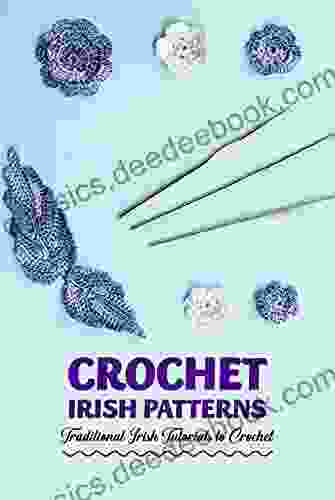
 Robert Heinlein
Robert HeinleinCrochet Irish Projects For Beginners: A Comprehensive...
Crochet Irish lace, with its intricate...

 Mason Powell
Mason PowellAyahuasca Awakening: A Comprehensive Guide to...
Ayahuasca is a...

 Glenn Hayes
Glenn HayesPrice Forecasting Models for Dawson Geophysical Company...
In the realm of financial...

 Emanuel Bell
Emanuel BellStressors in the Marine Environment: A Comprehensive...
The marine environment is facing a...
4 out of 5
| Language | : | English |
| File size | : | 1997 KB |
| Text-to-Speech | : | Enabled |
| Enhanced typesetting | : | Enabled |
| Word Wise | : | Enabled |
| Screen Reader | : | Supported |
| Print length | : | 166 pages |
| X-Ray for textbooks | : | Enabled |














